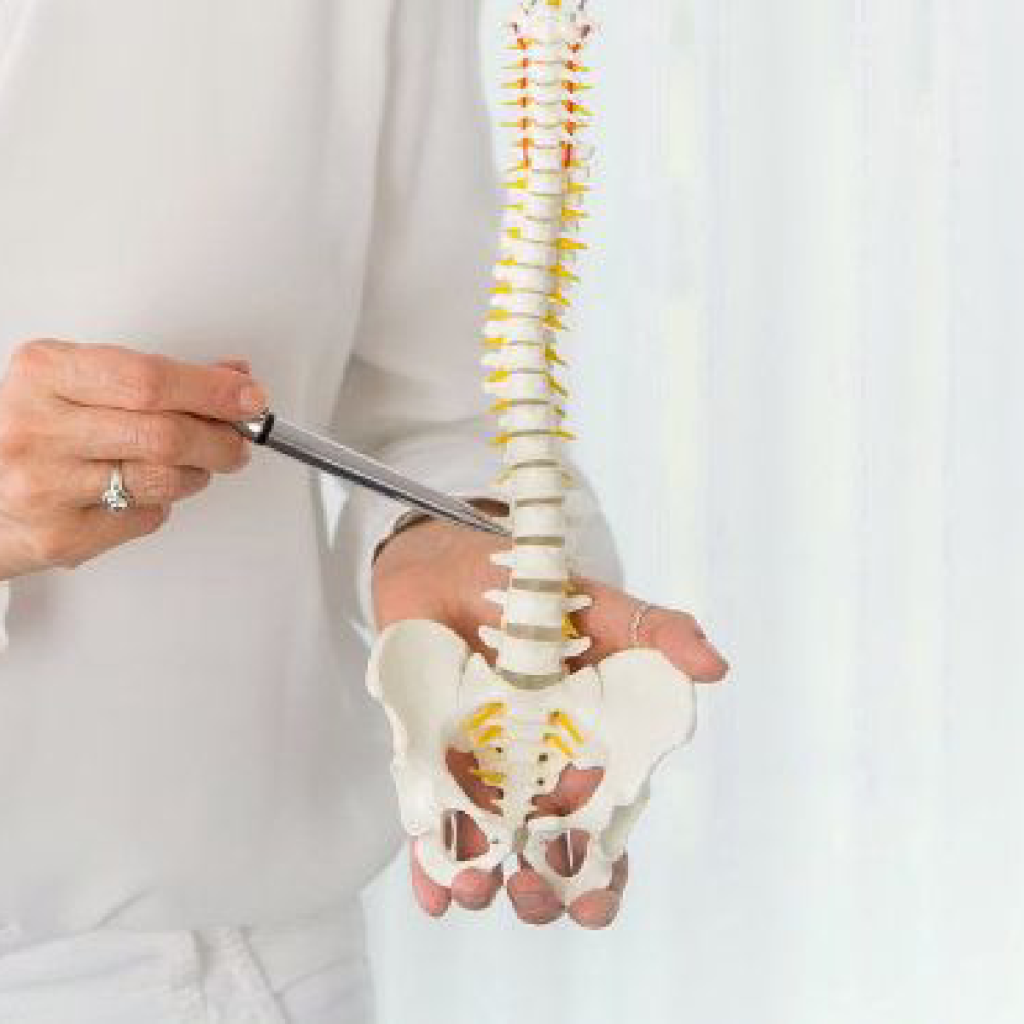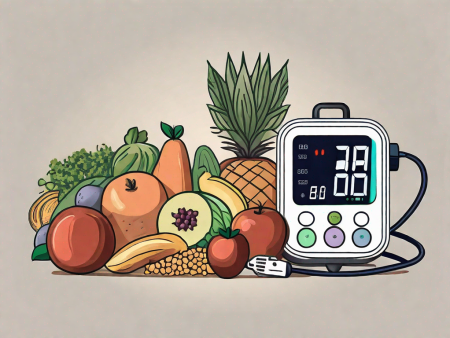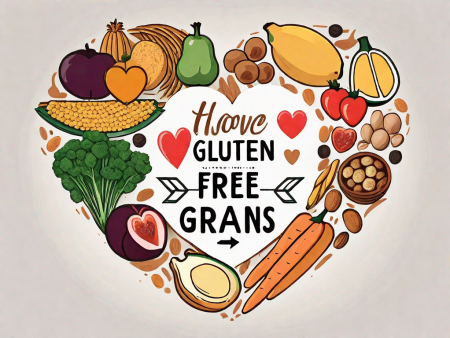Discover how the aging process affects bone health and explore effective strategies to prevent bone loss.
How Does Aging Impact Bone Health and How to Prevent Bone Loss
Aging is a natural part of life, but it doesn’t mean we have to accept the negative impact it can have on our bones. Understanding how aging affects bone health and taking steps to prevent bone loss is essential for maintaining a strong and healthy skeletal system. So, let’s delve into the fascinating world of bones and discover what we can do to keep them in top shape as we age!

Understanding the Aging Process and Bone Health
When it comes to bone health, aging plays a major role. As we get older, our bodies undergo various changes that can affect the density and strength of our bones.
One of the primary impacts of aging on bone health is the decrease in bone density. Bones become less dense and more fragile over time, making them susceptible to fractures and breaks. This process is known as osteoporosis, a condition that affects millions of people worldwide.
The Role of Aging in Bone Density
Bone density refers to the amount of minerals, like calcium and phosphorus, present in our bones. With age, our bodies tend to absorb fewer minerals, leading to a decline in bone density. This can result in weaker bones that are more prone to injury. However, there are steps we can take to slow down this process.
Regular exercise, especially weight-bearing exercises like walking, jogging, and weightlifting, can help maintain bone density. These activities stimulate the bones to become stronger and more resilient. Additionally, a balanced diet rich in calcium and vitamin D is essential for bone health. Calcium is a key mineral for bone strength, while vitamin D helps the body absorb calcium effectively.
Furthermore, avoiding smoking and excessive alcohol consumption can also contribute to better bone health. Smoking has been linked to decreased bone density, while excessive alcohol intake can interfere with the body’s ability to absorb calcium and other essential nutrients.
The Connection Between Aging and Osteoporosis
Osteoporosis is a common bone disease linked to aging. It occurs when the body loses too much bone or fails to produce enough new bone, leading to low bone density. Women are especially at risk, as hormonal changes during menopause can contribute to accelerated bone loss. However, men can also develop osteoporosis, so it’s crucial for everyone to take bone health seriously.
Prevention and early detection are key in managing osteoporosis. Regular bone density screenings can help identify the condition early on, allowing for appropriate treatment and lifestyle modifications. In some cases, medications may be prescribed to slow down bone loss and reduce the risk of fractures.
Additionally, maintaining a healthy lifestyle can significantly reduce the risk of developing osteoporosis. Engaging in regular physical activity, consuming a nutrient-rich diet, and avoiding tobacco and excessive alcohol use are all important factors in preserving bone health as we age.
It’s important to note that bone health is a lifelong process. While aging may bring about changes in bone density, taking proactive steps to maintain bone health can help minimize the impact of these changes. By staying active, eating well, and prioritizing bone health, we can promote strong and resilient bones throughout our lives.
The Science Behind Bone Loss
To understand how to prevent bone loss, it’s essential to grasp the science behind the process. Bones are not static structures but rather dynamic tissues that undergo constant remodeling.
The Anatomy of Bones
Our bones are made up of living tissue. They consist of a hard outer layer known as cortical bone and a spongy inner layer called trabecular bone. These layers work together to provide the necessary strength and support for our body.
But there’s more to bones than just their structure. Within the bone, there is a complex network of blood vessels that supply oxygen and nutrients to the bone cells. These blood vessels also help remove waste products, ensuring the bone remains healthy and functional.
Additionally, bones contain bone marrow, a soft, jelly-like substance responsible for producing red and white blood cells. The marrow also serves as a storage site for minerals like calcium, which is crucial for bone health. Calcium not only provides strength to the bone but also plays a vital role in various bodily functions, including muscle contraction and nerve signaling.
The Process of Bone Remodeling
Bone remodeling is a continuous process that involves the removal of old bone tissue and the formation of new bone tissue. Specialized cells called osteoclasts are responsible for breaking down old bones, while osteoblasts play a vital role in building new bones. This dynamic process ensures that our bones remain strong and adapt to the demands placed on them.
But how does this process work? When a bone is subjected to mechanical stress, such as during weight-bearing activities like walking or running, it triggers a series of biochemical signals. These signals activate the osteoclasts, which start breaking down the old bone tissue. At the same time, osteoblasts are stimulated to produce new bone tissue, filling in the gaps left by the osteoclasts.
However, as we age, the balance between bone resorption and formation can shift, resulting in a greater loss of bone than formation. This imbalance can be influenced by various factors, including hormonal changes, nutritional deficiencies, and sedentary lifestyle. Understanding this process helps us comprehend why bone health becomes a critical concern as we grow older.
Furthermore, bone loss can also be accelerated by certain medical conditions, such as osteoporosis. Osteoporosis is a condition characterized by low bone density and increased susceptibility to fractures. It commonly affects postmenopausal women due to hormonal changes, but it can also occur in men and younger individuals with certain risk factors.
Preventing bone loss requires a multifaceted approach that includes a balanced diet rich in calcium and vitamin D, regular weight-bearing exercises, and avoiding tobacco and excessive alcohol consumption. Additionally, certain medications may be prescribed to slow down bone loss and reduce the risk of fractures.
By understanding the science behind bone loss, we can take proactive steps to maintain strong and healthy bones throughout our lives. So, let’s prioritize bone health and make it a cornerstone of our overall well-being!
The Impact of Aging on Bone Health
Age-related changes in bone structure can have significant consequences for overall bone health and mobility. It is important to understand how these changes occur and what steps can be taken to maintain strong and flexible bones as we age.
Age-Related Changes in Bone Structure
As we age, our bones may become less dense and more brittle. This loss of density, combined with a decrease in minerals, can lead to decreased bone strength and an increased risk of fractures. Simple actions like bending over or even a minor fall can become a cause for concern.
Furthermore, the aging process can affect the flexibility of our bones. They become stiffer and less capable of absorbing shock, which can further increase the likelihood of fractures. The gradual deterioration of bone structure can have a significant impact on our overall mobility and quality of life.
It is important to note that age-related changes in bone structure are not solely determined by the passage of time. Lifestyle factors such as diet, physical activity, and hormonal changes also play a role in bone health. For example, a diet lacking in essential nutrients like calcium and vitamin D can contribute to the loss of bone density.
Regular physical activity, particularly weight-bearing exercises, can help maintain bone density and strength. These exercises stimulate the bones to become stronger and more resistant to fractures. Additionally, activities that improve balance and coordination, such as yoga or tai chi, can reduce the risk of falls and subsequent bone injuries.
The Effects of Aging on Bone Strength and Flexibility
Bone strength and flexibility are interrelated. Strong bones are less likely to break under stress, while flexibility allows bones to withstand sudden movements or impacts without fracturing.
Age-related changes can reduce both bone strength and flexibility. However, by adopting a proactive approach to bone health, we can delay these changes and maintain strong, flexible bones even as we age.
Incorporating a balanced diet rich in calcium, vitamin D, and other essential nutrients can provide the building blocks necessary for healthy bones. Foods such as dairy products, leafy greens, and fortified cereals can help meet these nutritional needs.
Regular exercise, including weight-bearing activities like walking or dancing, can help maintain bone density and strength. Strength training exercises, such as lifting weights or using resistance bands, can also be beneficial in preserving bone health.
It is also important to avoid smoking and excessive alcohol consumption, as these habits can negatively impact bone health. Smoking has been linked to a decrease in bone density, while excessive alcohol intake can interfere with the body’s ability to absorb calcium and other essential nutrients.
Finally, it is recommended to consult with a healthcare professional for personalized advice and guidance on maintaining bone health as we age. They can provide specific recommendations based on individual needs and circumstances.
In conclusion, age-related changes in bone structure can have a significant impact on overall bone health and mobility. However, by understanding these changes and taking proactive steps to maintain strong and flexible bones, we can mitigate the effects of aging and enjoy an active and healthy lifestyle for years to come.
Prevention Strategies for Bone Loss
Preventing bone loss starts with a holistic approach that combines proper nutrition, exercise, and an active lifestyle.
Importance of Nutrition in Bone Health
Eating a balanced diet rich in essential nutrients is vital for maintaining optimal bone health. Calcium and vitamin D are particularly important as they help ensure proper bone development and strength. Foods such as dairy products, leafy greens, and fortified cereals are excellent sources of these nutrients.
Furthermore, it’s crucial to limit the intake of substances that can negatively impact bone health, such as excessive alcohol, caffeine, and tobacco. Moderation is the key to maintaining strong and healthy bones.
Exercise and Bone Health: A Vital Connection
Regular exercise is like a superhero for bone health. Weight-bearing exercises, such as walking, jogging, and dancing, help stimulate bone cells, leading to increased bone density. Strength training exercises, like lifting weights, are also essential as they promote muscle development, which indirectly supports bone health.
Remember, it’s never too late to start exercising. Engaging in physical activities that you enjoy will not only benefit your bones but also enhance your overall well-being. So, lace up those sneakers and get moving!
Medical Interventions for Bone Health
In some cases, medical interventions may be necessary to prevent further bone loss and ensure overall bone health.

Medications to Slow Bone Loss
Various medications are available to slow down the rate of bone loss and prevent fractures. These medications, including bisphosphonates and hormone therapy, work by either reducing bone breakdown or increasing bone formation. However, it’s essential to consult with a healthcare professional to determine the most appropriate treatment plan for your specific needs and circumstances.
Surgical Options for Severe Bone Loss
In severe cases of bone loss, surgical interventions may be required. Procedures like bone grafting, joint replacement, or spine stabilization can help restore bone structure and mobility, allowing individuals to regain their independence and quality of life.
It’s crucial to note that these surgical options are typically reserved for severe cases and should be considered as a last resort. Maintaining a proactive approach to bone health through lifestyle changes and early interventions can often prevent the need for such interventions.
In Conclusion
While aging may pose challenges to bone health, there are numerous strategies we can employ to prevent bone loss and maintain strong, healthy bones well into our golden years. By understanding the connection between aging and bone health, embracing healthy lifestyle choices, and seeking appropriate medical interventions when needed, we can embark on a journey towards optimal bone health and an active, fulfilling life!







I don’t think the title of your article matches the content lol. Just kidding, mainly because I had some doubts after reading the article.
priligy kaufen Marin Mathieu, N
You have noted very interesting points! ps decent site.